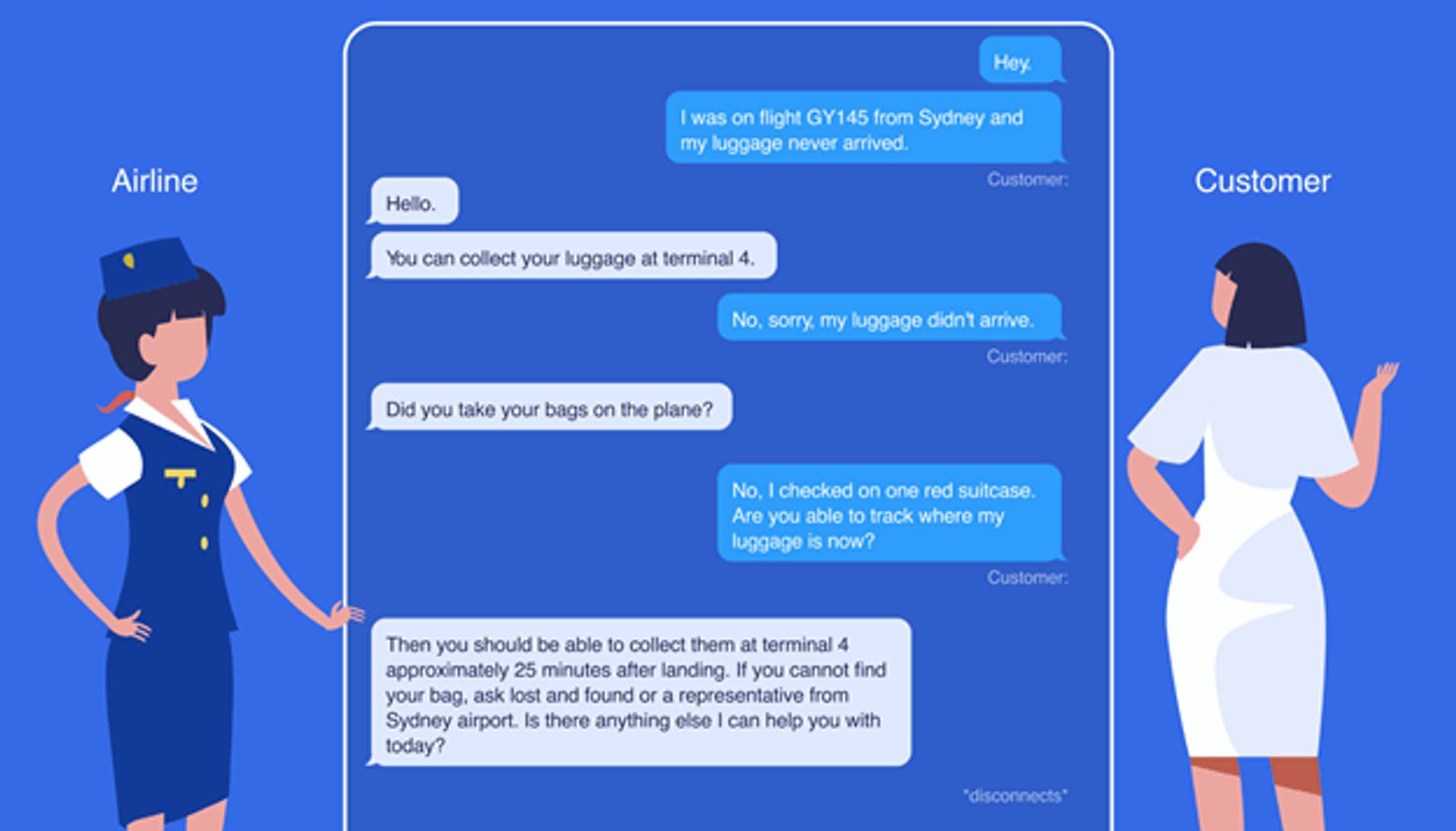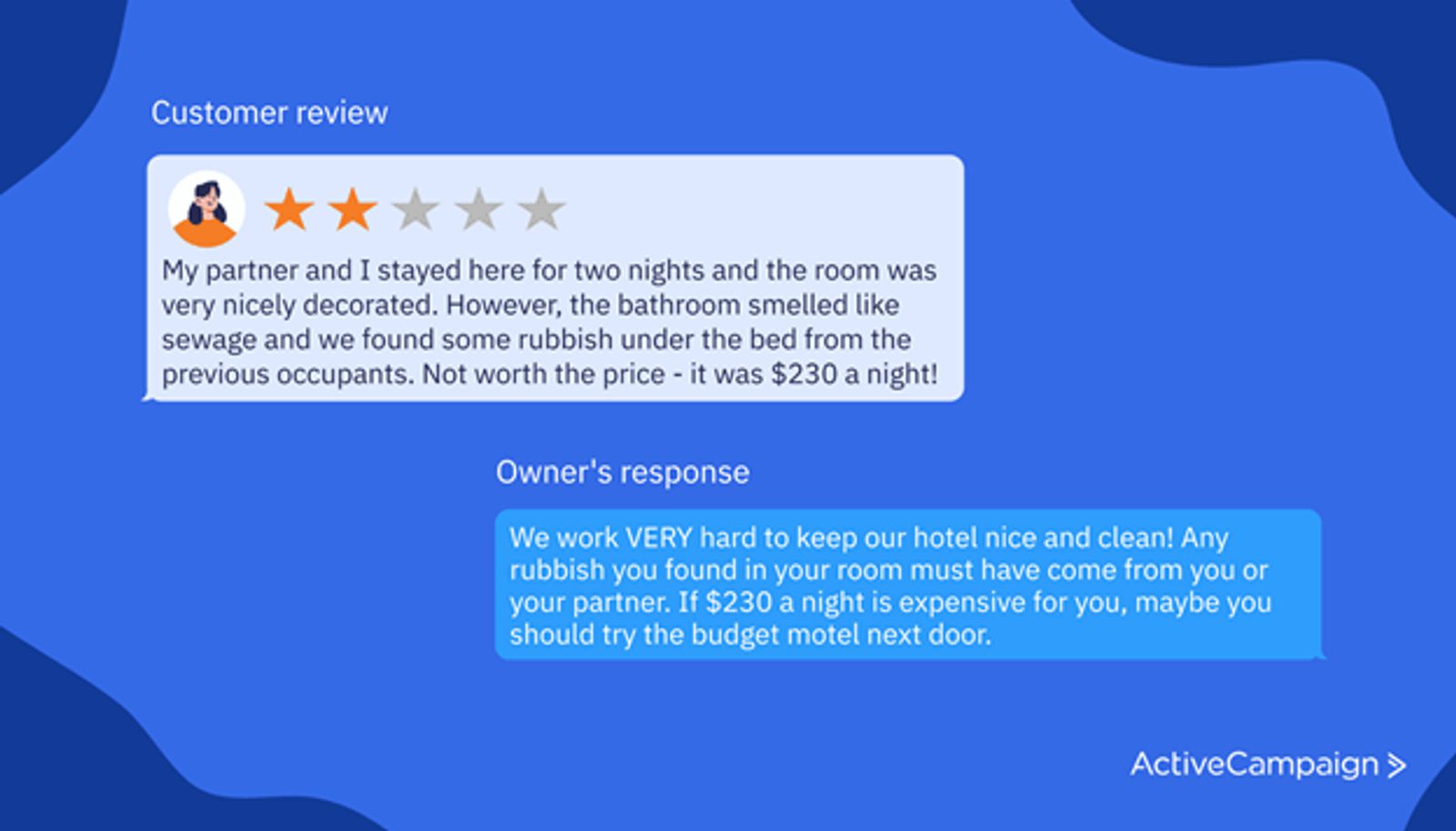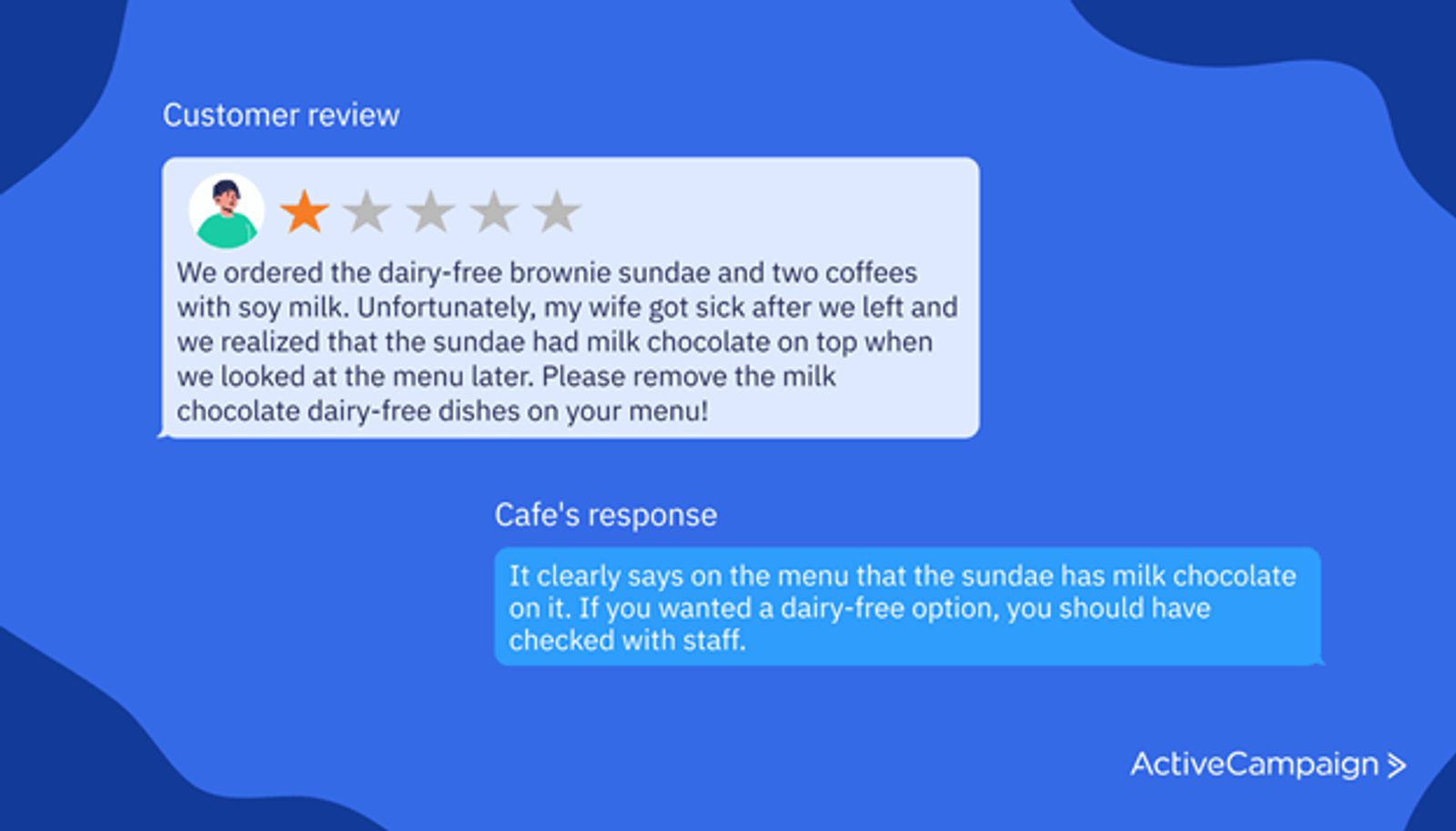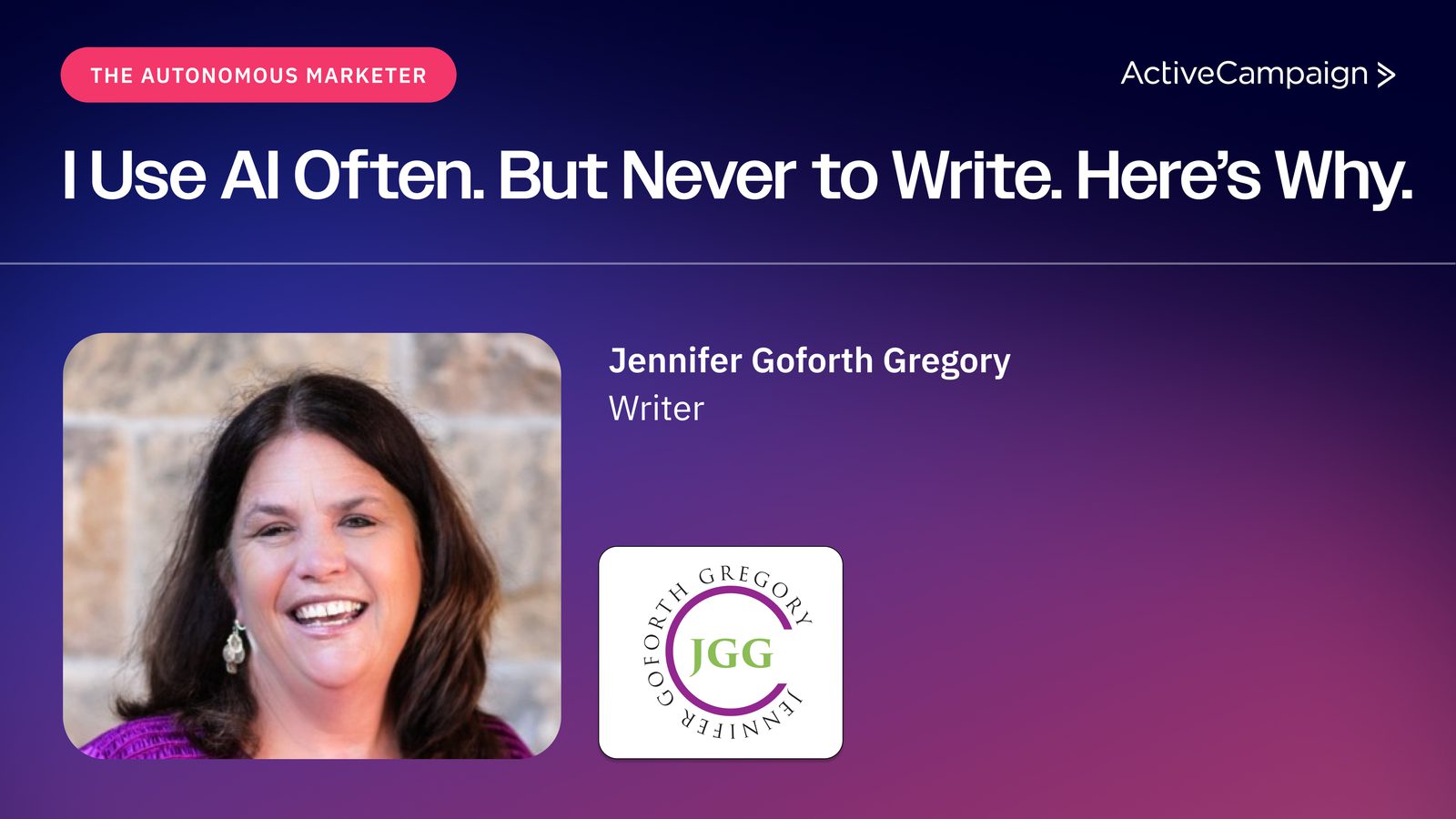Imagine you’ve come across a new phone case you like and buy it. You’re so happy with the new case that you review it online and recommend it to a friend. Unfortunately, your phone case cracks a few days later. "No problem," you think, "I'll just return it."
But when you return the case, the customer service experience doesn't go as expected. In seconds, you go from loving the brand to resenting it.
This scenario is extremely common. Research of 1,000 consumers shows that 42% of respondents stop using a brand's products or services after one bad experience. After three bad experiences, even the loyalist customer will lose faith.
So, how do you fix bad customer service before you lose customers for good?
This article will show you five bad customer service examples and how to fix them.
What is bad customer service?
Bad customer service is when your customers feel disappointed and let down by their interactions with your brand, product, and staff.
Every customer has their own idea of what bad service looks like, but there are clear trends between consumers.
Microsoft's Global State of Customer Service report shows that customers get frustrated by:
- Having to repeat information to multiple people
- The agent does not understand the problem or know how to fix it
- Trouble reaching customer service
- Not being able to resolve the issue without help
Many things, including poor training, a lack of customer service policies, overwhelmed customer service representatives, and simple mistakes can cause poor customer service.
Of course, delivering a poor experience doesn't necessarily make your brand bad, but addressing customer service issues is vital for long-term success.
How can poor customer service hurt your brand?
Research from Statista shows that consumers in many industries take customer service into account when shopping. It has the most significant impact on customers in the appliances and technology, beauty and cosmetics, and apparel industries.

However, you shouldn't discount the importance of customer service if your business operates outside one of these niches.
No matter your customer base, offering, or location, poor customer service can hurt your brand by:
- Pushing customers to leave negative reviews
- Pushing angry customers to contact the news or share their experience on social media
- Leading to complaints that will dominate search results for your brand name
- Leading dissatisfied customers to advise friends and family not to use your business
Alternatively, good customer service increases sales by leaving customers satisfied and happy. Customer satisfaction will increase your profits because:
- Happy customers may refer friends, family, and acquaintances to your brand
- Happy customers may make another purchase from your brand (so you can up-sell and cross-sell them)
- Happy customers may leave reviews that will increase credibility
- Happy customers stay in the customer lifecycle longer
Delivering a good experience is what your customers want. Customers 2020: A Progress Report from Walker shows that 86% of customers will spend more money for a better experience. The interviewed participants also considered customer experience factors beyond price and product when choosing between brands.
Examples of bad customer service
Customers understand that mistakes happen. Every store has packed an order wrong, every salesperson accidentally annoyed someone, and every restaurant forgotten a dish.
A mistake turns into bad customer service when the brand fails to take responsibility and fix the situation (whether intentional or not).
Here are five examples of bad customer experiences and how to resolve them.
Example 1. An airline doesn't listen to a customer

The problem: The primary problem with this interaction is that the customer service agent doesn't listen to the customer properly or try to understand the issue. As a result, the customer doesn't feel heard, and the agent offers advice that doesn't help.
How the agent could fix the situation: The agent could have fixed the issue by asking clarifying questions like "did you check with lost and found?" or "did you see anyone else take your bag?" These questions would have cleared up any confusion.
Additionally, the agent should have reached out to lost and found and the bag handlers at Sydney airport to locate the bag instead of passing this responsibility onto the customer.
What you can learn from this:
- Always listen to the customer.
- If you don't understand, ask.
- Train your reps to go beyond standard responses and scripts.
Example 2. A retailer is unprofessional

The problem: The agent hasn't taken the time to craft a professional response. Additionally, the customer service agent displays no empathy toward the customer, making them look callous.
How the agent could fix the situation: The agent should have proofread their response carefully to ensure it was free from grammar and spelling mistakes.
The agent should have also been more sympathetic and helpful. For example: "I’m sorry to hear that you lost your wallet. I checked with the store manager, and no one handed a wallet in. We will keep an eye out for you, but you should also contact the mall's lost and found at XX-XXX-XXXX."
What you can learn from this:
- Use a human touch in your service and put yourself in the customer's shoes
- Always think of a way to help the customer (even when things are out of your control)
Example 3. A service provider makes a promise it can't deliver

The problem: The agent has lied to the customer and given them expectations the brand can't meet. The customer now feels misled.
How the agent could fix the situation: The agent should have told the customer the truth right after they realized the customer's subscription had entered a new period. They should have also stated company policy straight away.
A better response would have been: "Sorry, but we cannot offer refunds past a certain period as per company policy. I can cancel your subscription, and you will not be charged anymore."
What you can learn from this:
- Tell customers hard truths upfront (even if they may not like it).
- Train agents to know all policies well.
- Provide agents with copies of your policies so they can refer to them when needed.
Example 4. A hotel gets aggressive with customers

The problem: The agent has lied to the customer about hotel regulations and given them expectations the brand can't meet. The customer now feels misled.
How the agent could fix the situation: The agent should have told the customer the truth right after they realized the customer's subscription had entered a new period. They should have also stated company policy straight away.
A better response would have been: "Sorry, but we cannot offer refunds past a certain period as per company policy. I can cancel your subscription, and you will not be charged anymore."
What you can learn from this:
- Tell customers hard truths upfront (even if they may not like it).
- Train agents to know all policies well.
- Provide agents with copies of your policies so they can refer to them when needed.
Example 5. A cafe fails to take responsibility

The problem: The owner/staff has refused to take responsibility and apologize for an oversight that was the cafe's fault. This behavior makes the cafe look disorganized and unable to change when given feedback.
How the agent could fix the situation: The owner should have acknowledged the cafe's mistake and apologized for it immediately. Then, they should have reassured the customer that they were taking steps to alter the menu so no one else got sick.
A better response would have been: "We are very sorry. It was an oversight to put milk chocolate on a dairy-free menu item. We have temporarily removed the item from the menu, and we will work with our chefs to redesign the dish."
Many cafes in this situation would also offer the customer a discount coupon to apologize for the harm caused. Offering a coupon would have been a nice gesture (though the customers may not have eaten at the cafe again anyway).
What you can learn from this:
- Acknowledge mistakes.
- Take customer feedback on board.
- Use negative reviews as an opportunity to show that your brand is open to feedback.
How to provide good customer service
At this point, you know what poor customer service looks like. So, how do you build a positive experience for customers? Here are some best practices to live by.
Set customer service goals and values
Customer service goals give your agents targets, helping them stay motivated and guiding their professional development.
When writing goals, give each goal a quantifiable metric and a time limit so you can assess success or failure in your CRM. For example, you could use the metric "customer churn rate" for the goal of inspiring 20% of unsatisfied customers to make a repeat purchase.
Similarly, choose brand values to guide your customer service team's interactions. Values are subjective to each brand, but here are some suggestions:
- Accountability
- Respect
- Trust
- Loyalty
- Integrity
- Adaptability
- Honest
- Teamwork
- Initiative
- Collaboration
Use multiple customer service channels
Have you ever needed to contact a brand's customer service department and found they only accept phone calls from nine to five on Monday to Friday? Don't put your customers in this situation. Set up multiple support channels available outside traditional office hours.
Microsoft's State of Customer Service report shows that most customers use three to five channels to fix their issues. These channels include phone, email, in-store service, live chatting, and social media app messaging. You can manage these channels with a dedicated customer experience platform or customer service software.
Social media chat apps are particularly accessible for customers, as the three top platforms (WhatsApp, Facebook Messenger, and WeChat) all have over one billion users. These platforms are free to use, so include them when building a multichannel service approach.
Additionally, use Customer Relationship Management (CRM) software to help you manage incoming and outgoing responses across channels. This will help you avoid delivering a disjointed service experience.
Increase your response times
As slow response times are a sore point for customers, increasing them is vital.
Research by Jeff Toister on 3,200+ consumers across the United States, United Kingdom, and Canada shows that customers expect a quick response when they submit a customer service query. 46% expect it in four hours, 31.2% expect it in one hour, and 11.3% expect it in 15 minutes or less.
You can improve your response time in a number of ways:
- Produce customer service templates so agents don't need to write each response manually.
- Schedule queries to agents based on their experience (so newer agents aren't fixing complex problems).
- Use email autoresponders.
- Track your response times in a CRM report to keep you accountable.
- Teach agents how to resolve common problems.
- Give agents documentation to help them resolve complex issues quickly.
You can also reduce customer service inquiries by providing self-service options.
Set up self-service options
Person-to-person customer service isn't the best way to fix every problem, so it's wise to provide customers with alternatives. Microsoft's State of Customer Service Report shows that nearly all customers expect self-service options, and two-thirds try them before reaching out to a person.
Though some brands fear customers’ ability to use self-service, this isn’t a justified worry. The same study showed that over half of Americans find web self-service easy to use.
You don't need an extensive budget for self-service. Instead, try building resources and documentation for customers. These resources could include a knowledge base with tutorials on resolving common problems, a blog, or a frequently asked questions (FAQs) section.
You could also embrace artificial intelligence (AI) and add a chatbot to your website. Chatbots can answer straightforward requests like "what is your return policy?"
Improve your customer service emails with ActiveCampaign
Providing excellent customer service can increase profits, keep customers long-term, and build your reputation as a trusted brand. Alternatively, giving customers a negative experience can damage your reputation and decrease sales.
Remember these tips when designing the customer experience:
- Set goals and values to guide your customer service agents.
- Prioritize providing quick responses.
- Use multiple customer service channels.
- Give customers self-service options like a knowledge base or a chatbot.
If you want to take it a step further, ActiveCampaign can improve your customer service with personalization and data analysis tools that allow you to track the customer experience and account management features that let you connect email, text, and live chat interactions.
Sign up for a demo to test ActiveCampaign's Customer Experience Automation for your business.









